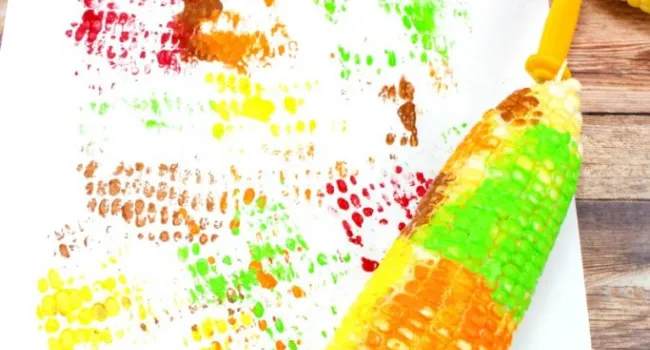
Lesson
Students will learn how about the structures of corn and how it is pollinated. Students will also make their very own painting using corn on the cob!
Grade(s): 1
Subject(s): Science
Year: 2014

Lesson
Students will learn how about the structures of corn and how it is pollinated. Students will also make their very own painting using corn on the cob!
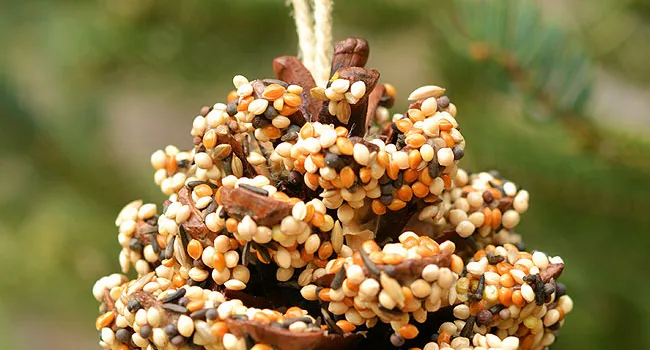
Lesson
Students will learn about pine trees including how they are pollinated and how their seeds are dispersed through the use of pine cones. They will also make their very own pine cone bird feeders.
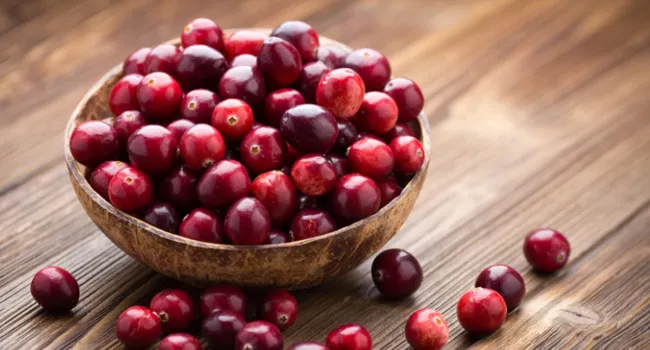
Lesson
Students will explore foods used during Thanksgiving, and how some of these foods are pollinated by insects. Using cranberries as an example, students will explore why they are considered a fruit, how...
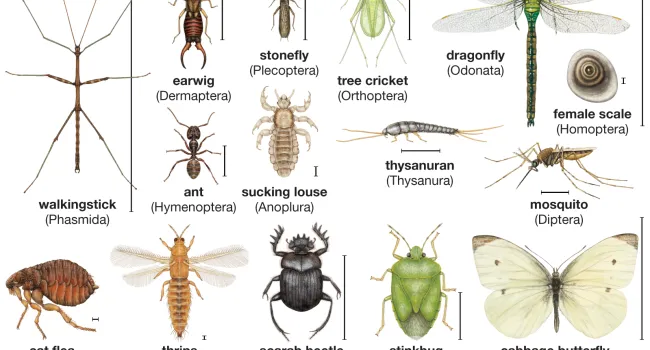
Lesson
A lesson to teach students what constitutes an insect and how they act as our pollinators. Students will be able to identify insects based on a set of features and distinguish them from other "bugs".
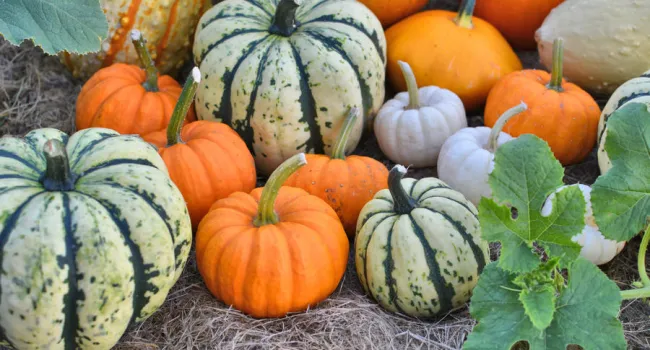
Lesson
Students will learn about different crops that require pollination. Using pumpkins as a model, students will explore how pollination occurs, and the subsequent life cycle of the plant.
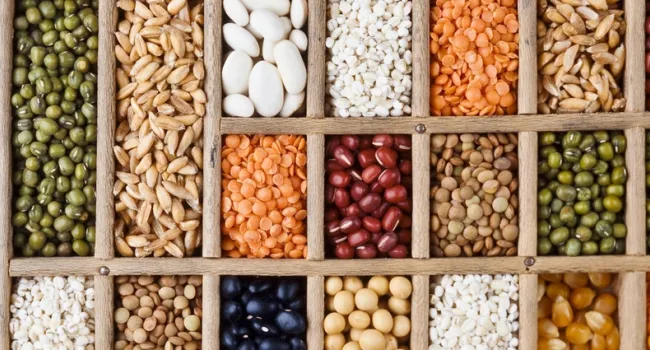
Lesson
Students will learn what happens after pollination occurs: seeds are made! Students will examine seeds and learn how they become adult plants.

Lesson
Students will examine the various parts of flowers through the use of dissection Students will understand how pollination occurs

Lesson
This lesson is part of an integrated unit that combines dance and the plant life cycle from 1st grade science standards. Students will use their knowledge of the plant life cycle and the dance...